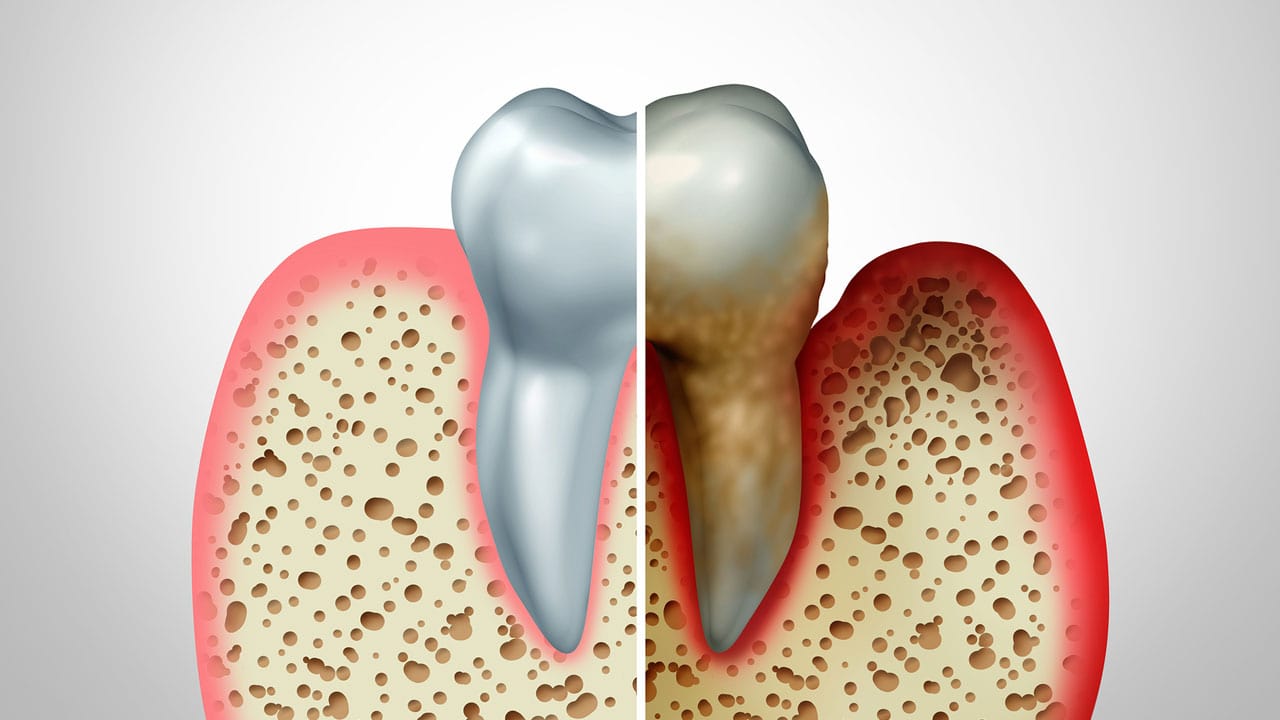
Did you know that 3 million Americans will be diagnosed with gum disease this year? The high rate of gum disease in adults makes it one of the most common oral ailments that people suffer from, and the consequences can be extreme if left untreated. Advanced gum disease can result in permanent tooth loss and irreversible decay, so catching and treating this condition early is your best bet at keeping your mouth healthy! However, if your gum disease has advanced to a point where a deep cleaning will not prevent its progression, you may have to undergo surgery. While surgery may seem scary, fear not! Modern technology has yielded many effective treatment options for this common disease. Today we’re going to look into a few different surgical options for treating advanced gum disease, so you can go into your next dental appointment prepared for your next steps!
Flap Surgery
Also known as pocket reduction surgery, during this procedure your gums will be lifted back so that tartar and plaque can be removed from underneath them. Your dentist may also need to smooth out irregular surfaces on your teeth to help prevent bacteria from lodging in the spaces. Once clean, your gums will be firmly replaced around your teeth so that little to no bacteria can reenter the area.
Bone Surgery
Bone surgery can be used in conjunction with flap surgery to help make bones healthier and stronger. This surgery will smooth shallow pockets in the bone due to bacterial damage and bone loss. Usually performed after flap surgery, bone surgery will make it harder for bacteria to collect and grow on the teeth and gums.
Guided Tissue Regeneration
If your jaw bones have been damaged or destroyed by gum disease, guided tissue regeneration will help the bone and gum tissue growth. This procedure is also performed alongside flap surgery and involves inserting a small, mesh piece of fabric between the gums and bones, preventing the gum tissue from growing into places where bone should be. This allows for the bone and surrounding connective tissue to regrow and works to reinforce the strength of your teeth.
A Bone Graft
Advanced gum disease can destroy the bones in your jaw, making it hard for your teeth to anchor in place. A bone graft may use your own bone, synthetic bone, or bone from a donor to replace damaged bone in your jaw. As your bone regenerates, it will harden and provide a more stable base for your teeth to anchor to. Thankfully, new medical advances have made it easier for bone to regrow after it has been grafted, so—while still complicated—this procedure is easier than it has ever been.
If you have recently been diagnosed with gum disease, it’s important to talk to your dentist about all of your options for both treatment and preventing the disease from returning.
To schedule your next appointment or ask any questions you may have, give us a call at Downtown Dental , and talk to an oral surgeon in downtown Chicago today! Whether you need a root canal in Chicago or any other dental procedure, our experienced team is here to address all your dental needs, including specialized treatments like root canals, and provide you with the care you deserve.
